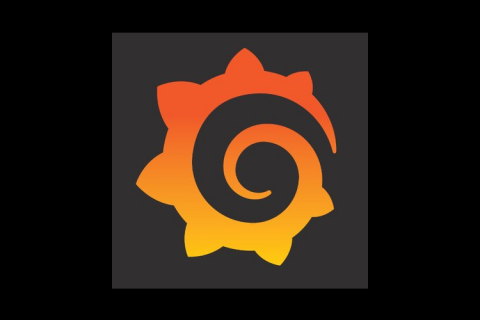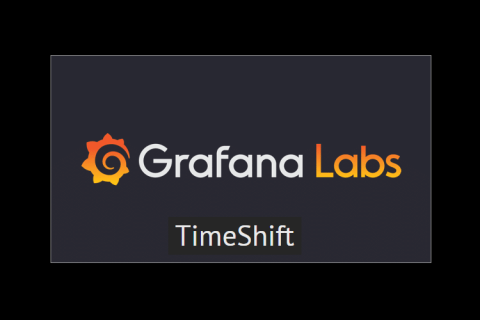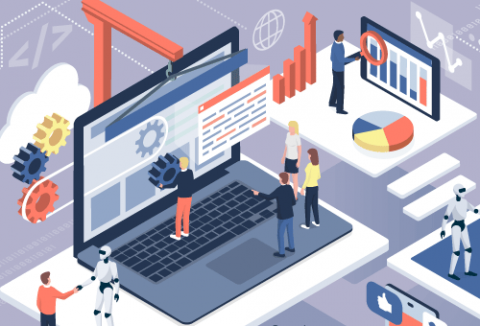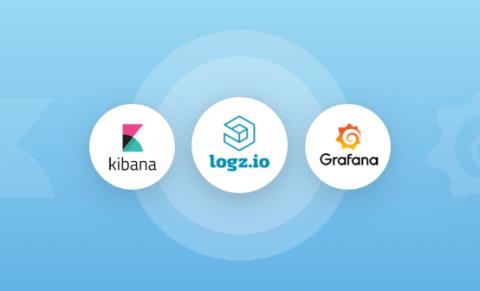Moving to packages.grafana.com
To make it even easier for you to get the debian and rpm packages you need we’re moving to our own repository. The previous repository over at packagecloud will stop working on the 7th of January 2019 and you will have to update your configurations for updates to work.





